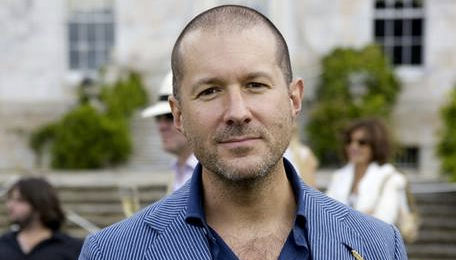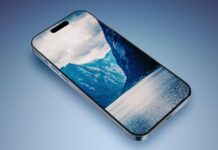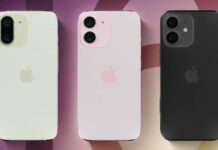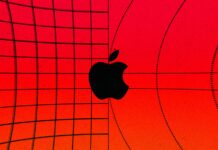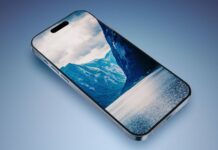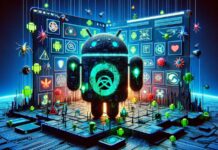Jony Ive, vicepresedintele departamentului de design industrial al Apple si unul dintre cei mai respectati designeri industriali din lume, vorbeste intr-un articol al Wired despre procesul de dezvoltare a design-ului produselor Apple, dar si despre perioada “neagra” din anii ’90. Ive spune ca in Cupertino produsele nu sunt dezvoltate in ideea de a genera vanzari foarte mari, ci sunt dezvoltate in ideea de a fi marete, de a isi pune amprenta asupra lumii intregi. In momentul in care designerul incepe sa creeze un dispozitiv el nu se gandeste cum sa il faca mai atractiv pentru clienti, ci cum sa il faca grozav, neavand banii in gand.
It sounds a little flippant, but it’s the truth. Our goal and what makes us excited is to make great products. If we are successful people will like them and if we are operationally competent, we will make money. I refute that design is important. Design is a prerequisite. Good design — innovation — is really hard. We say no to a lot of things that we want to do and are intrigued by so that we only work on a manageable amount of products and can invest an incredible amount of care on each of them. Really great design is hard. Good is the enemy of great. Competent design is not too much of a stretch. But if you are trying to do something new, you have challenges on so many axes.
Mentalitatea lui Ive a fost identica, cu cea a lui Steve Jobs care a salvat compania Apple nu prin dezvoltarea unor produse gandite pentru a produce bani, ci prin dezvoltarea unor produse gandite pentru a fi marete. Fostul CEO al Apple sustinea ca produsele companiei nu sunt indeajuns de bune si nu s-ar fi gandit la moduri in care ar putea face produsele atractive din punct de vedere comercial, ci s-a gandit cum sa isi faca produsele grozave. Se pare ca aceasta mentalitate i-a ajutat pe cei de la Apple sa evite intrarea in faliment in anii ’90 si daca aceasta a fost intr-adevar strategia adoptata, atunci ea a fost una foarte buna.
He explained how, in the 90s, Apple was very close to bankruptcy and that “you learn a lot about vital corporations through non-vital corporations”. When Steve Jobs returned to the company in 1997, his focus was not on making money — “His observation was that the products weren’t good enough. His resolve was to make better products.” This was a different approach from other attempts to turn the company around, which had focused first and foremost on cost savings and revenue generation.
La final Jony Ive isi descrie procesul de creatie in cadrul Apple si sustine ca, compania nu face studii de piata inainte de lansarea unui produs deoarece asemenea studii genereaza doar produse mediocre si nimic mai mult.
To me I still think it’s remarkable that at a point in time on a Tuesday afternoon there isn’t an idea and then suddenly later on there is an idea. Invariably they start as a tentative, barely-formed thought that becomes a conversation between a couple of people.” Apple then builds a prototype that embodies the idea and that’s when the idea goes through “the most incredible transition”. “You go from something tentative and exclusive to something tangible and — by nature of it being a thing — a table of people can sit around it and start to understand it; it becomes inclusive and it galvanises and points to a direction for effort.”


